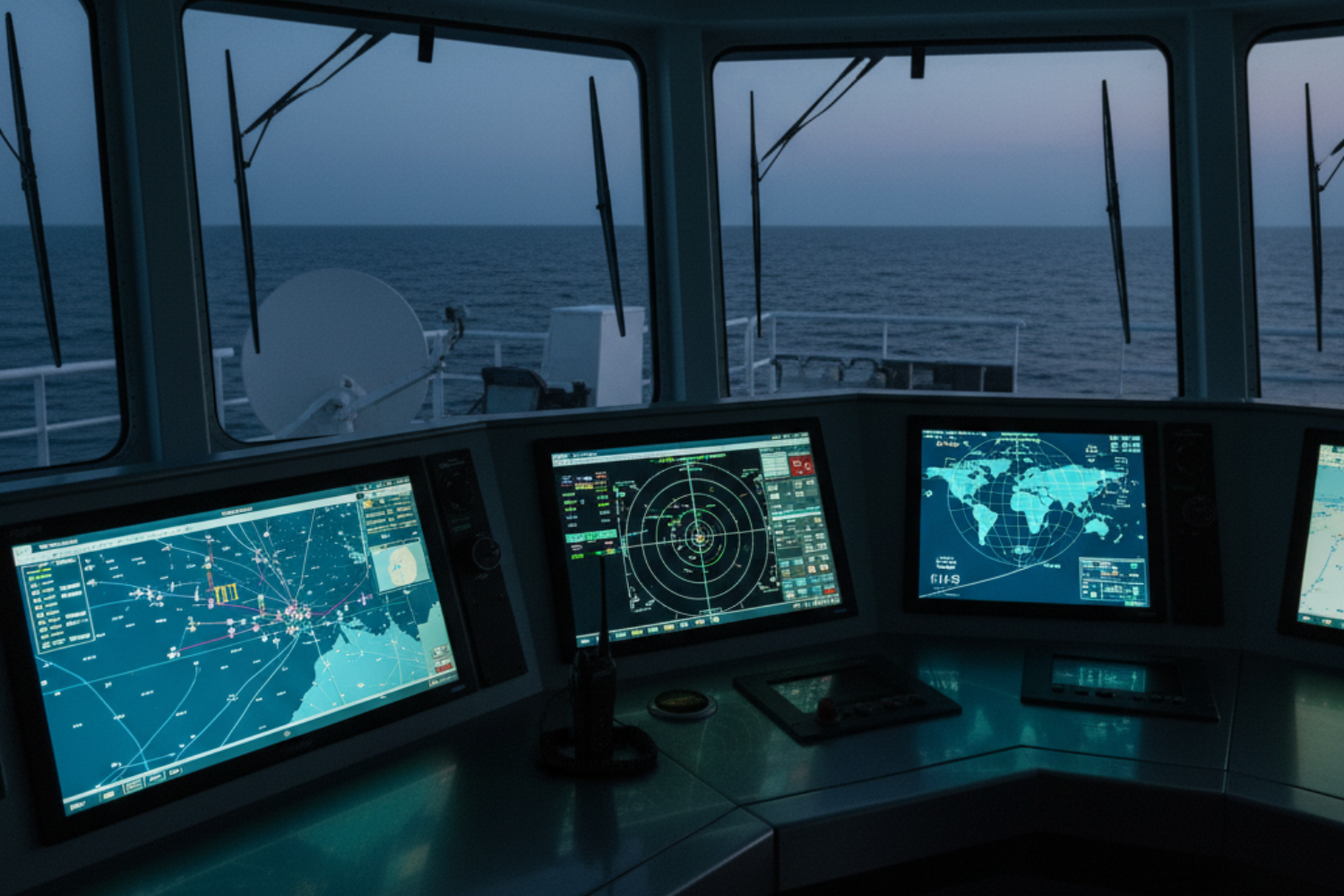
In today’s maritime industry, communication systems play a vital role in vessel coordination and safety. Whether it’s cargo ships, fishing vessels, or passenger boats, every marine operation relies heavily on smooth and reliable communication to prevent accidents, ensure efficiency, and maintain compliance with international safety standards. In this blog, we will explore how marine communication systems enhance vessel coordination and safety, discuss their importance in modern maritime operations, examine the various types of systems used, and highlight their contributions to improved navigation and emergency response. By the end, you will understand why these systems are the backbone of safe and efficient marine transport.
The Role of Communication in Maritime Operations
Communication has always been the foundation of successful maritime operations. When vessels are at sea, they operate in complex environments where real-time coordination between ships, ports, and control centers is crucial. Marine communication systems enable vessels to remain connected, share navigation data, report emergencies, and maintain contact with authorities, even in remote waters.
Without proper communication, the risks of collisions, route confusion, or delayed emergency responses increase significantly. That’s why investing in reliable communication systems is not just a choice but a necessity for every shipowner and maritime operator.
What Are Marine Communication Systems?
Marine communication systems are specialized networks and devices designed to enable secure and effective communication between ships, shore stations, and maritime authorities. These systems are built to handle extreme conditions like high humidity, saltwater exposure, and long distances across open seas.
Some of the most commonly used marine communication systems include:
- VHF (Very High Frequency) Radio: Used for short-distance communication between nearby vessels or with port control.
- MF/HF Radio Systems: Allow medium to long-range communication, especially in deep-sea operations.
- Satellite Communication (SATCOM): Provides global coverage for ships operating in remote areas where radio signals are weak.
- Automatic Identification System (AIS): Transmits vessel identity, speed, and position to avoid collisions.
- GMDSS (Global Maritime Distress and Safety System): Ensures quick communication during emergencies.
Each of these systems contributes uniquely to keeping maritime operations safe, organized, and efficient.
Why Marine Communication Systems Are Essential
Modern vessels face challenges such as unpredictable weather, high traffic in sea routes, and complex logistics. Marine communication systems address these challenges by improving coordination and reducing human error.
Here’s how they enhance both coordination and safety:
1. Real-Time Vessel Coordination
In busy maritime routes, communication systems ensure vessels can share vital information like navigation routes, weather updates, and port schedules. This helps prevent route overlaps and collisions.
- Enables quick decision-making
- Improves fleet coordination
- Reduces delays in cargo operations
Accurate coordination also allows port authorities to manage traffic more efficiently, ensuring smoother docking and departure schedules.
2. Enhanced Navigation and Position Tracking
Modern communication systems like AIS and GPS integration help track vessel movement accurately. This not only enhances navigation but also assists in route optimization and fuel efficiency.
- Continuous monitoring of the ship location
- Early alerts in case of deviation or hazards
- Improved operational planning for long voyages
By maintaining constant awareness of each vessel’s position, communication systems minimize risks and improve overall operational safety.
3. Faster Emergency Response
In maritime emergencies such as engine failures, collisions, or fire outbreaks, quick communication can save lives and cargo. The GMDSS system, for instance, automatically sends distress signals to nearby ships and rescue stations.
- Rapid alert transmission in emergencies
- Automatic distress calls via satellite or radio
- Real-time coordination with rescue authorities
These systems are designed to operate even when other onboard systems fail, ensuring help is always within reach.
4. Weather and Route Updates
Unpredictable weather conditions are one of the biggest challenges at sea. Communication systems allow vessels to receive real-time weather forecasts and storm alerts, helping captains make informed navigation decisions.
- Early warning about storms and high tides
- Real-time updates for route changes
- Prevents cargo loss and vessel damage
This level of preparedness enhances both safety and efficiency during long maritime journeys.
5. Compliance with International Regulations
The International Maritime Organization (IMO) requires vessels to have certain communication systems installed, such as AIS and GMDSS. These systems help maintain international safety compliance and smooth customs clearance at ports.
- Meets global maritime safety standards
- Prevents penalties or shipment delays
- Ensures communication with authorized control centers
Compliance not only keeps vessels safe but also ensures smooth international trade and a reputation for reliability.
6. Improved Crew Safety and Efficiency
Communication systems also play an important role in crew welfare and onboard efficiency. Through modern satellite connections, crew members can communicate with their families, access digital tools, and report operational issues faster.
- Enhances morale during long sea trips
- Enables faster reporting of technical faults
- Supports digital training and real-time updates
Happy and well-connected crew members are more alert, productive, and better prepared for emergencies.
Types of Modern Marine Communication Technologies
With rapid technological progress, the maritime industry is adopting smarter and more advanced communication tools:
- Digital VHF Systems: Offer clearer audio and a wider range.
- Integrated Bridge Systems (IBS): Combine communication, navigation, and control features.
- IoT-Based Monitoring: Real-time data exchange for engine performance and cargo tracking.
- Cloud-Based Fleet Management: Enables fleet operators to monitor and manage multiple vessels simultaneously.
These innovations are transforming how ships operate, allowing for safer and more connected maritime operations.
Conclusion
To sum up, effective communication is the lifeline of maritime safety and coordination. From preventing collisions to ensuring timely rescue in emergencies, marine communication systems form the foundation of reliable sea operations. They connect vessels, ports, and authorities, creating a network that supports safe and efficient global trade.
For organizations seeking advanced and reliable marine communication solutions, V-Tech Group offers advanced systems and technology integration customized to modern maritime needs. With a commitment to safety, innovation, and quality, we ensure vessels stay connected, compliant, and secure at all times. Get in touch with V-Tech Group today to discuss your marine communication needs or request a customized solution.



